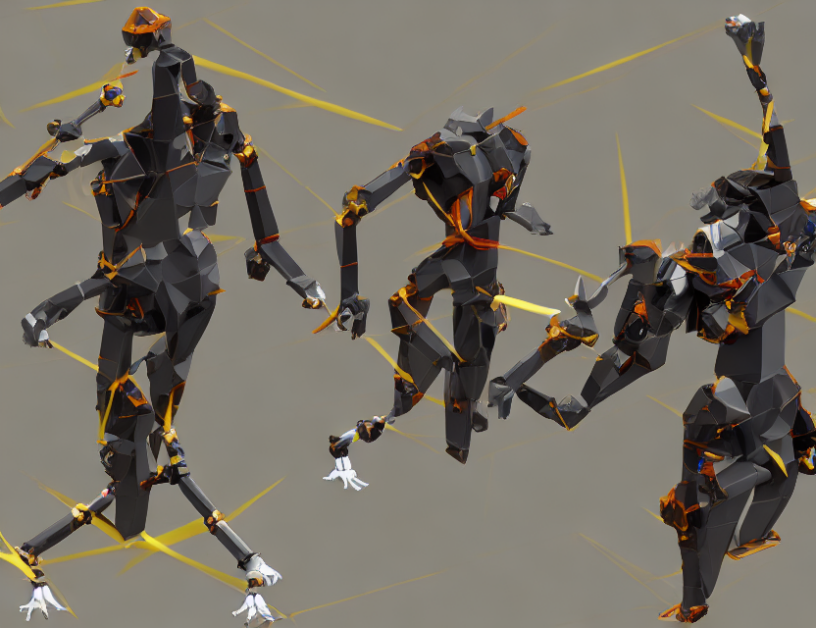Motion editing is a fundamental task in computer vision that involves modifying a given reference motion to satisfy specific objectives, such as following a particular trajectory or matching specific poses. In this article, we will delve into the world of motion editing and explore how deep learning can help achieve these goals.
Firstly, let’s understand the context of motion editing. Imagine you have a video of someone dancing, and you want to modify their movements to make them look more graceful or elegant. Traditionally, this task would require a lot of manual effort, involving frame-by-frame modification of the video. However, with the advent of deep learning, we can now automate this process using motion editing models.
These models use diffusion processes to iteratively refine the input motion, allowing for fine-grained control over the resulting output. The key insight here is that by applying small, incremental changes to the motion, we can effectively "edit" the video without losing its essential characteristics.
Now, let’s dive into the specifics of how these models work. The core idea is to represent the motion of a human (or any other object) as a diffusion process, where each frame is generated by progressively refining the previous one. This allows us to iteratively modify the motion, effectively "editing" it at each step.
To achieve this, we need to define a criteria for what constitutes a successful edit. In the context of motion editing, this can be done by defining a loss function that measures how well the edited motion matches the desired target pose or trajectory. For example, we might want to minimize the distance between each generated joint location and its corresponding target location.
Once we have defined our loss function, we can use optimization techniques (such as gradient descent) to iteratively refine the motion until it satisfies our desired criteria. This process is repeated for each frame in the video, resulting in a modified motion that meets our editing objectives.
Now, you might be wondering how these models fare against traditional manual editing methods. The good news is that deep learning-based motion editing models can produce results that are comparable to those achieved by human editors. In fact, they can often produce more precise and consistent edits, especially when working with large or complex datasets.
Of course, there are some limitations to these models, such as the need for high-quality training data and the potential for over-smoothing or loss of details in the edited motion. However, these challenges can be overcome with careful model design and optimization techniques.
In conclusion, deep learning-based motion editing is a powerful tool that allows us to modify and refine human motions with unprecedented accuracy and efficiency. By leveraging diffusion processes and loss functions, we can achieve a level of control over the resulting motion that was previously unimaginable. So next time you’re watching a video of someone dancing, remember that with a little bit of computational magic, you could be editing their moves to create an even more captivating performance.
Computer Science, Computer Vision and Pattern Recognition
“Advances in Controllable Human Motion Synthesis and Editing



